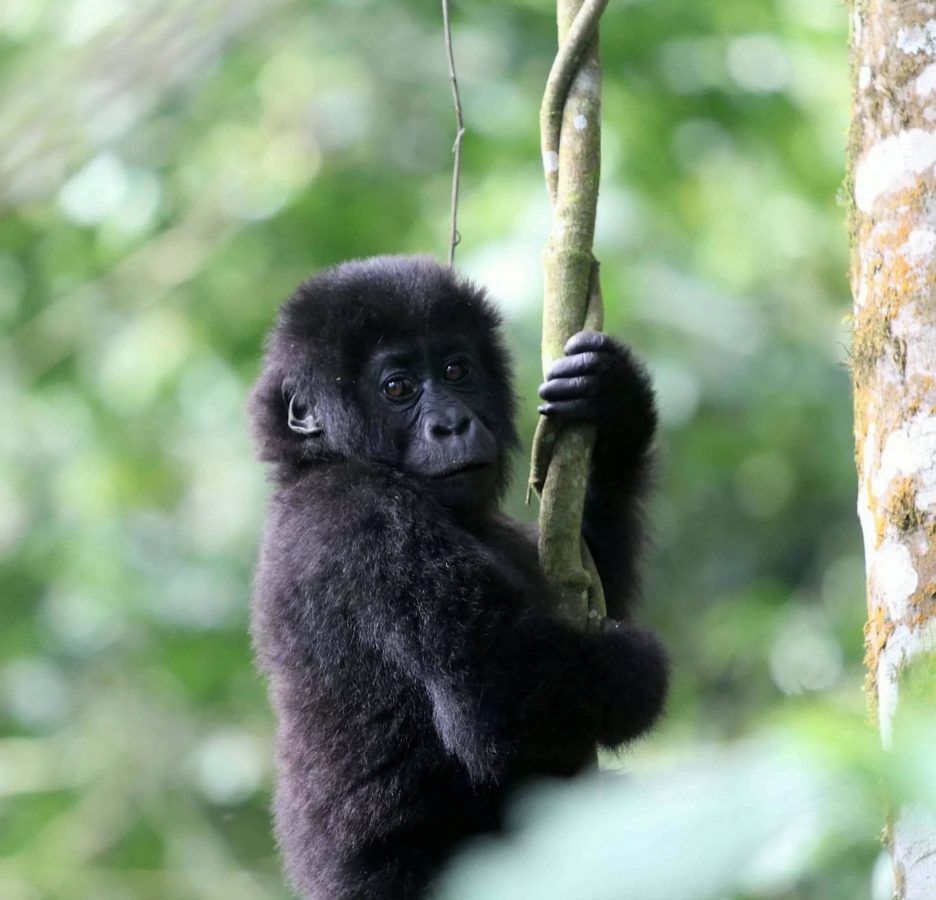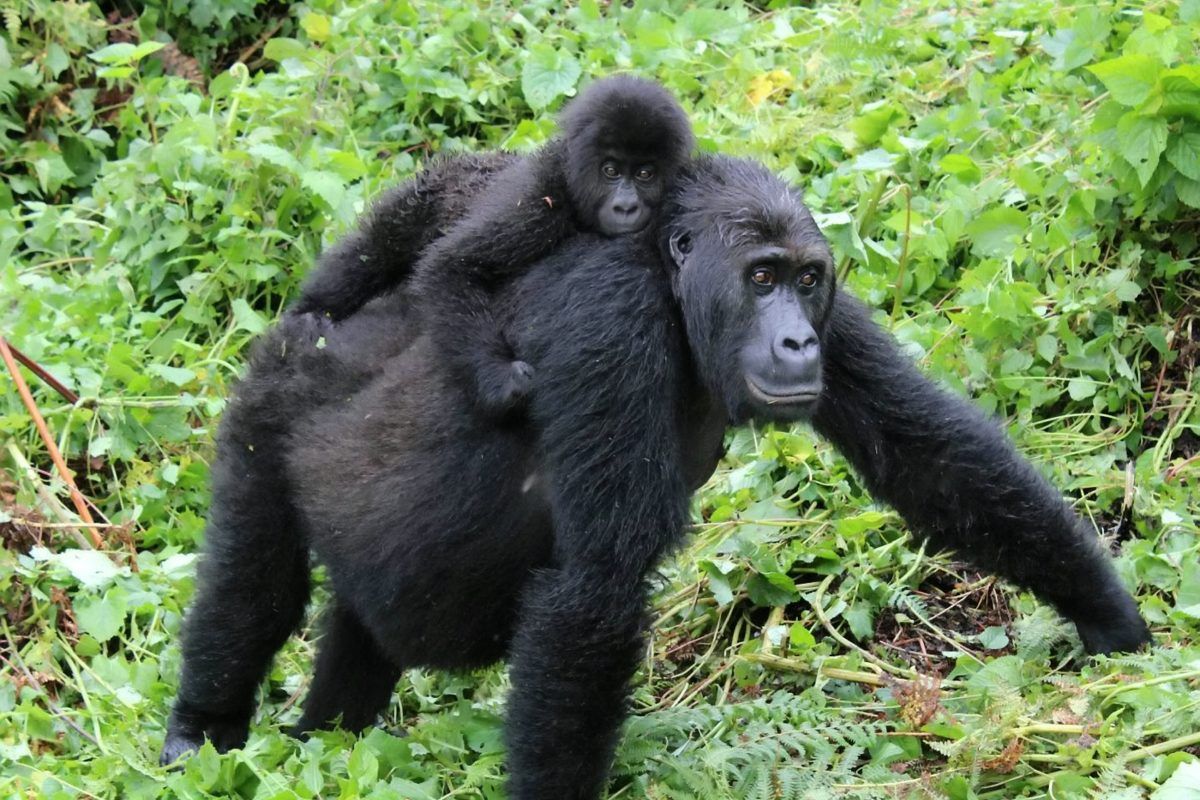The world’s biggest gorilla is developing webbed feet as a result of inbreeding among its dwindling population, a study has found.
A Grauer’s gorilla’s chances of being born with harmful mutations that cause fused digits have soared in the last 100 years.
Loss of genetic diversity in the critically endangered ape species, which grow to 6.1ft tall and weigh 460 pounds, has also seen losses of male fertility and disease resistance.
The findings were made by comparing genes taken from the primate, which is native to forests in the Democratic Republic of the Congo, from 100 years ago to present day.
Only a few thousand of the gorillas remain in the wild after poaching and habitat destruction saw its population plummet by 80 per cent in recent decades.
The mutations increase the risk that the magnificent beast is wiped out completely due to disease.
Lead author Tom van der Valk, a PhD student at Uppsala University in Sweden, said: “We found that the genetic diversity in Grauer’s gorilla has declined significantly in just a few generations.

“The results from the comparison of historical and modern genomes show that this decline has led to increased inbreeding and a loss of genetic variation.
“This in turn means that Grauer’s gorillas have likely become less able to adapt to future disease outbreaks and changes in their environment.
“In addition, the scientists identified several mutations that are probably harmful and that have increased in frequency over the past four to five generations as a consequence of the decline in population size.”
He added: “Some of the potentially harmful mutations that have increased in frequency were found in genes that affect disease resistance and male fertility.
“In addition, the researchers identified mutations leading to loss of function in genes associated with finger and toe development, which likely explains why present-day gorillas sometimes have fused digits.”
His international team of researchers made the findings after comparing 11 genome sequences from present-day gorillas and collections stored in museums over the last century.
Co-author Professor Love Dalén, at the Swedish Museum of Natural History, said: “This recent increase in harmful mutations really emphasises the need to reverse the ongoing population decline in Grauer’s gorillas.”
The researchers also found the closely related mountain gorilla, however, did not suffer any significant genetic changes over the same period.
This suggested its genetic viability has remained stable over the past 100 years.

Mr van der Valk explained: “Interestingly, the reason why Grauer’s gorillas have been more severely affected than mountain gorillas may lie in their deeper history.
“While Grauer’s gorillas went through a major increase in numbers between 5,000 and 10,000 years ago, mountain gorillas have been rare for several thousands of years.
“This long-term small population size may have enabled natural selection to remove harmful mutations before mountain gorilla numbers started to decline in the 20th century.”
Co-author Assistant Professor Dr Katerina Guschanski, of Uppsala University, added: “Our study highlights that historical museum specimens constitute a unique resource for monitoring recent changes in the genetic status of endangered species.”
The results have been published in Current Biology.

